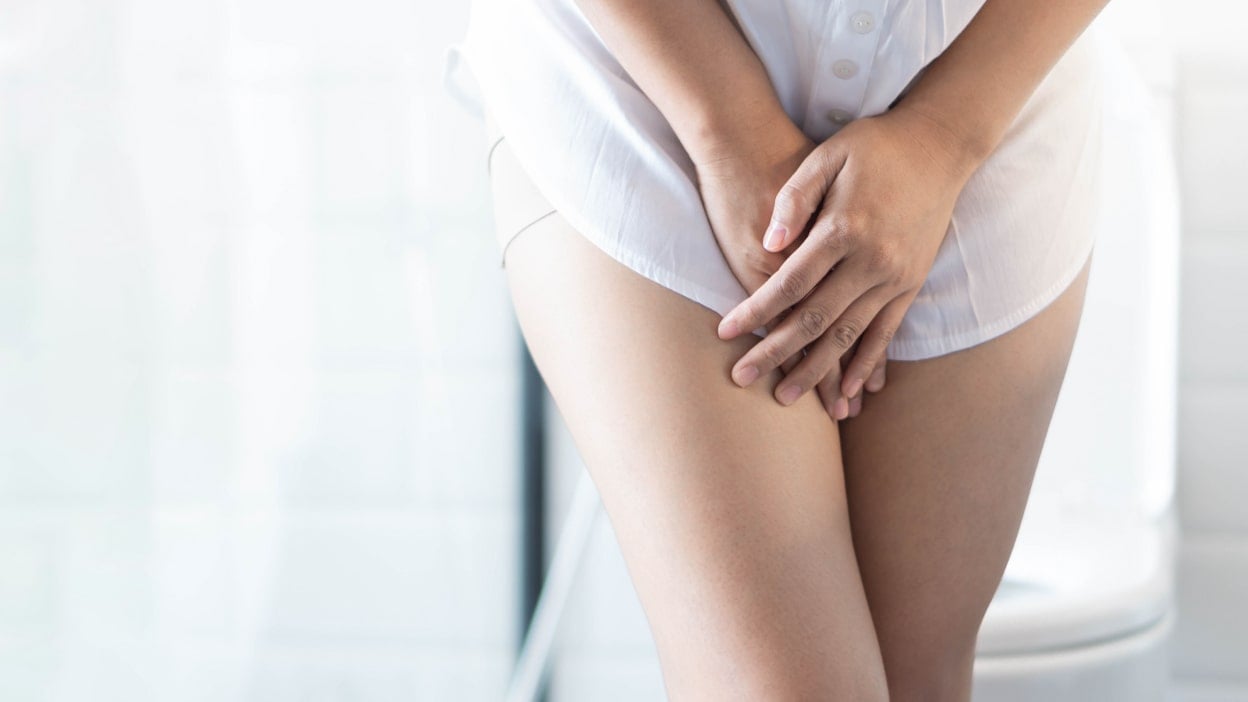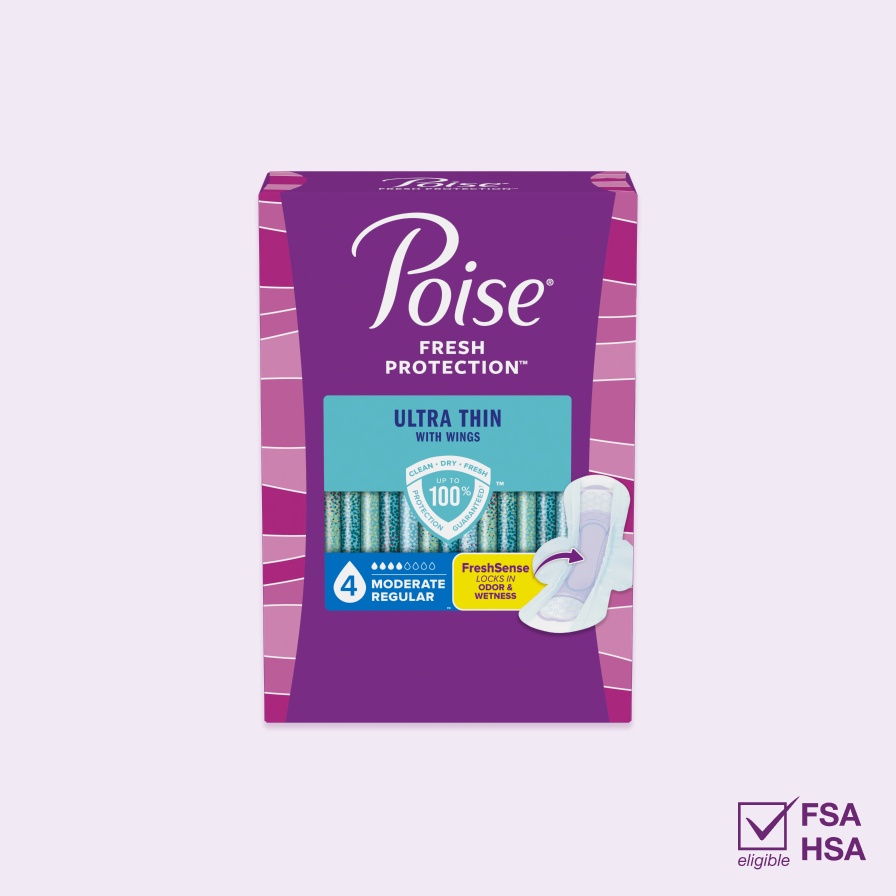Top Tips for Managing Bladder Leakage
Top Tips for Managing Bladder Leakage
You aren’t alone in learning how to manage bladder leakage. As an OB-GYN, I pride myself in creating a safe space for my patients to have open, honest conversations about bladder leaks without feeling embarrassed.
So, what is bladder leakage? Bladder leakage, or urinary incontinence, can range from occasionally leaking urine when you cough or sneeze, (called stress urinary incontinence), to having an urge to urinate that's so sudden and strong you can’t make it to the toilet in time, (called urge incontinence). Sometimes it can be a mix of both stress incontinence and urge incontinence. Bladder leakage doesn’t have to define or dictate your lifestyle though, in fact there are many ways to manage and improve your bladder control, so you can live without feeling held back by leaks.
Bladder Leak Causes:
In my profession, the most common cause of bladder leakage is a weakened pelvic floor. Your pelvic floor muscle is located at the bottom of your pelvis and supports the organs, including the bladder, bowel and uterus.
During pregnancy, various hormonal changes occur, and the increased weight of the growing fetus can lead to stress incontinence. The act of childbirth can cause you to have a weakened pelvic floor due to a vaginal delivery weakening muscles needed for bladder control and damaging the bladder nerves and supportive tissue, leading to a dropped (prolapsed) pelvic floor. With prolapse, the bladder, uterus, rectum or small intestine can get pushed down from the usual position and protrude into the vagina. Age (and gravity) can also naturally and slowly worsen prolapse and therefore bladder control.
Menopause and aging can lead woman to produce less estrogen, which is a hormone that helps keep the lining of the bladder and urethra healthy and supported. The weakening and thinning of these tissues can also heighten incontinence.
Conditions that may lead to bladder leakage include:
- Urinary tract infections
- Pregnancy
- Chronic Constipation
- Changes with age
- Hormonal Changes
- Weakened pelvic floor
- Obstruction
- Neurological disorders
Three Tips for Managing Bladder Leakage:
If you are leaking urine, do not be discouraged! There are several simple ways to start addressing and managing your experience. I encourage my patients with bladder incontinence to talk with their doctor about treatment options to manage or even eliminate bladder leaks.
-
Pelvic Floor Therapy:
Pelvic floor strengthening is one of the most effective ways to start regaining control of your bladder. I recommend my patients see a pelvic floor therapist for specialized physical therapy designed to address pelvic floor dysfunctions. Consult with a pelvic floor therapist to learn various exercises and techniques to help relieve the discomfort and disruptions incontinence causes in your daily life.
-
Bladder Retraining:
Another solution to combat bladder incontinence is bladder retraining. Bladder retraining can offer a sense of bladder control. Talk with your doctor or primary care provider and start a diary to track your daily bladder habits. Bladder retraining includes:
-
Scheduling bathroom visits – Determine how often you're going to the bathroom based on your diary entries, then add about 15 minutes to that time. Use the bathroom at each scheduled visit, regardless of whether you feel the urge to go. Gradually increase the amount of time between bathroom breaks.
-
Daily urination – When you feel the urge to urinate, pause, take a couple of deep breaths and try to hold it for another five minutes or so. You may be surprised to find that the urge might pass. Then gradually increase the amount of time by 10 minutes, until you can last for at least three to four hours without having to go to the bathroom. If you're feeling a strong need to go, try distracting yourself by counting backwards from 100 to 1, or practicing relaxation techniques such as deep breathing.
-
–Kegel exercises Strengthen the muscles you use to start and stop the flow of urine by practicing Kegels, which strengthen your pelvic floor. The squeezing of the muscles during a Kegel is only half of the exercise. It’s important to also fully relax your pelvic floor. Learn proper exercises from a pelvic floor expert.
-
Bladder Leak Pads:
Most women with bladder leaks (69%) still use period pads, which don’t protect from leaking urine.* Poise® pads are designed to handle leaks that range from dribbles, bursts to gushes, compared to period pads that are designed to handle menses. I recommend Poise® Ultra Thin Pads with Wings, which keep women 10 times drier than the leading period pad.
# # #
Author Summary: Dr. Staci Tanouye, MD, board-certified OB-GYN is a physician in a private practice and an expert in adolescent health, sexual health, reproductive health, and menopausal health. She has become one of the leading gynecologists on social media with the mission to educate women and all people with vulvas to love their bodies through knowledge and empowerment.
Recommended Products
Absorbency Level
Absorbency Level














